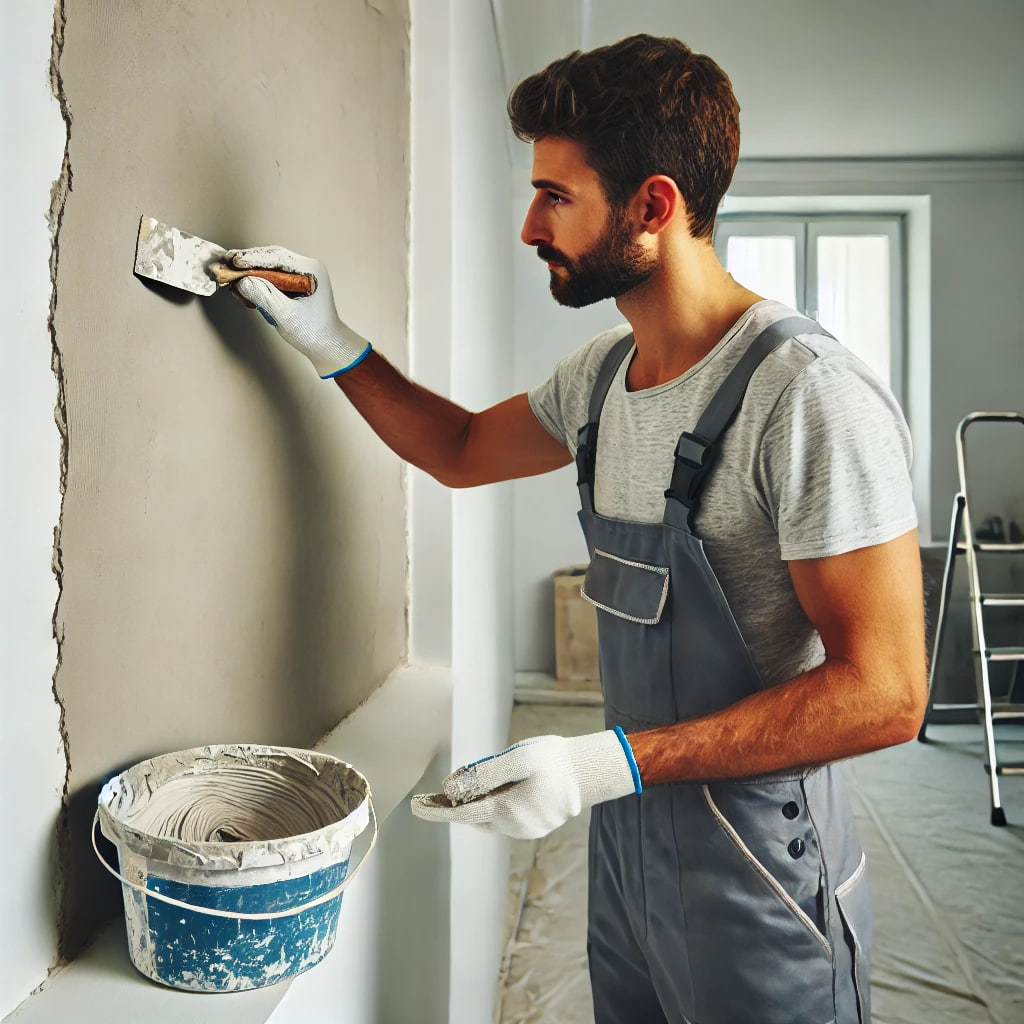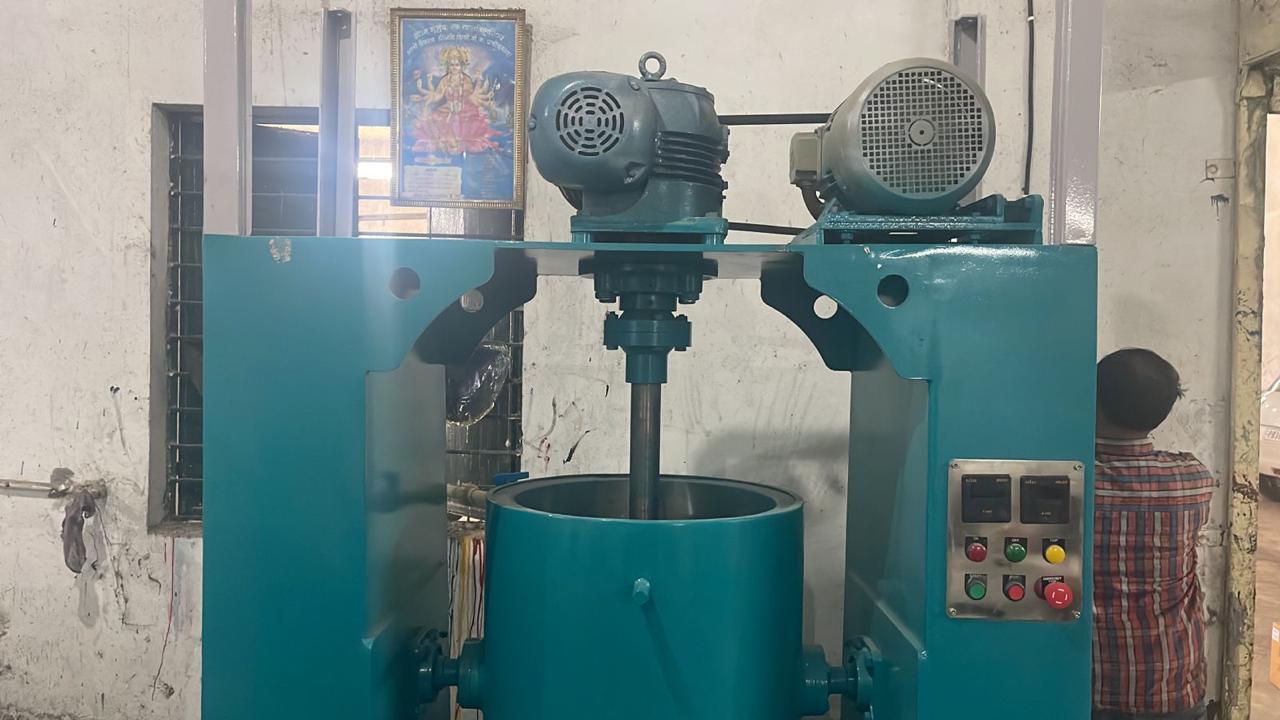by Dr E. Ramanathan
Wall putty is a material applied to walls before painting to provide a smooth surface, fill cracks, and enhance the paint’s durability and aesthetic appeal. Different types of wall putty are designed for specific applications and surfaces.
1. Cement-Based Wall Putty
- Composition: Made from white cement, polymers, and minerals.
- Applications: Used on both interior and exterior walls.
- Features:
- High durability.
- Strong adhesion to plastered surfaces.
- Can withstand moisture.
- Ideal for rough and uneven surfaces.
- Limitations: May crack if applied in thick layers or on improperly cured walls.
2. Acrylic Wall Putty
- Composition: Made from acrylic polymers and additives.
- Applications: Best suited for interior walls.
- Features:
- Smooth and soft finish.
- Easy to apply and sand.
- Resistant to stains.
- Offers better workability than cement-based putty.
- Limitations: Not ideal for damp or exterior surfaces.
3. Gypsum-Based Wall Putty
- Composition: Made from gypsum and polymer-based additives.
- Applications: Primarily used for interior applications.
- Features:
- Lightweight and easy to handle.
- Dries faster compared to cement-based putty.
- Provides a superior, smooth finish.
- Can be directly applied to drywall or plastered surfaces.
- Limitations: Less resistant to moisture; unsuitable for exterior walls.
4. Polymer-Based Wall Putty
- Composition: Contains polymers, minerals, and fillers.
- Applications: Versatile, suitable for both interiors and exteriors.
- Features:
- Excellent bonding strength.
- High resistance to cracks and shrinkage.
- Can be applied in thin layers.
- Limitations: More expensive than traditional cement-based putty.
5. Oil-Based Wall Putty
- Composition: Includes linseed oil, pigments, and fillers.
- Applications: Ideal for wooden surfaces and metallic finishes.
- Features:
- Provides a water-resistant layer.
- Excellent adhesion to wood and metal.
- Limitations: Less commonly used for masonry walls due to its greasy nature.
6. Exterior Wall Putty
- Special Features: Specifically formulated to withstand harsh weather conditions, UV rays, and moisture.
- Uses: Ideal for exterior walls to prepare them for painting.
- Advantages:
- Long-lasting and durable.
- Can be applied to concrete, plaster, or masonry surfaces.
Comparison of Major Wall Putty Types
| Type | Application | Moisture Resistance | Finish | Use |
|---|---|---|---|---|
| Cement-Based | Interior/Exterior | High | Medium | Versatile |
| Acrylic | Interior | Moderate | Smooth | Interior-specific |
| Gypsum-Based | Interior | Low | Superior Smoothness | Lightweight |
| Polymer-Based | Interior/Exterior | High | Smooth and Durable | Premium |
| Oil-Based | Wood/Metal Surfaces | High | Glossy | Specialty |
For formulation guidelines of the above different types of wall putty please subscribe our water based paint formulation guidelines page for minimum three months. For further details please follow the procedure.
- Send your details of requirement in WhatsApp 9444929163.
- If you are really serious in manufacturing a particular product and want to have personal counselling or guidelines please fix up an appointment with our consultant through the link https://saitechinfo.com/stores/product/industrial-counselling/
- You can join directly the elearning course in water based paint by following the link given here. https://saitechinfo.com/water-based-paints/




